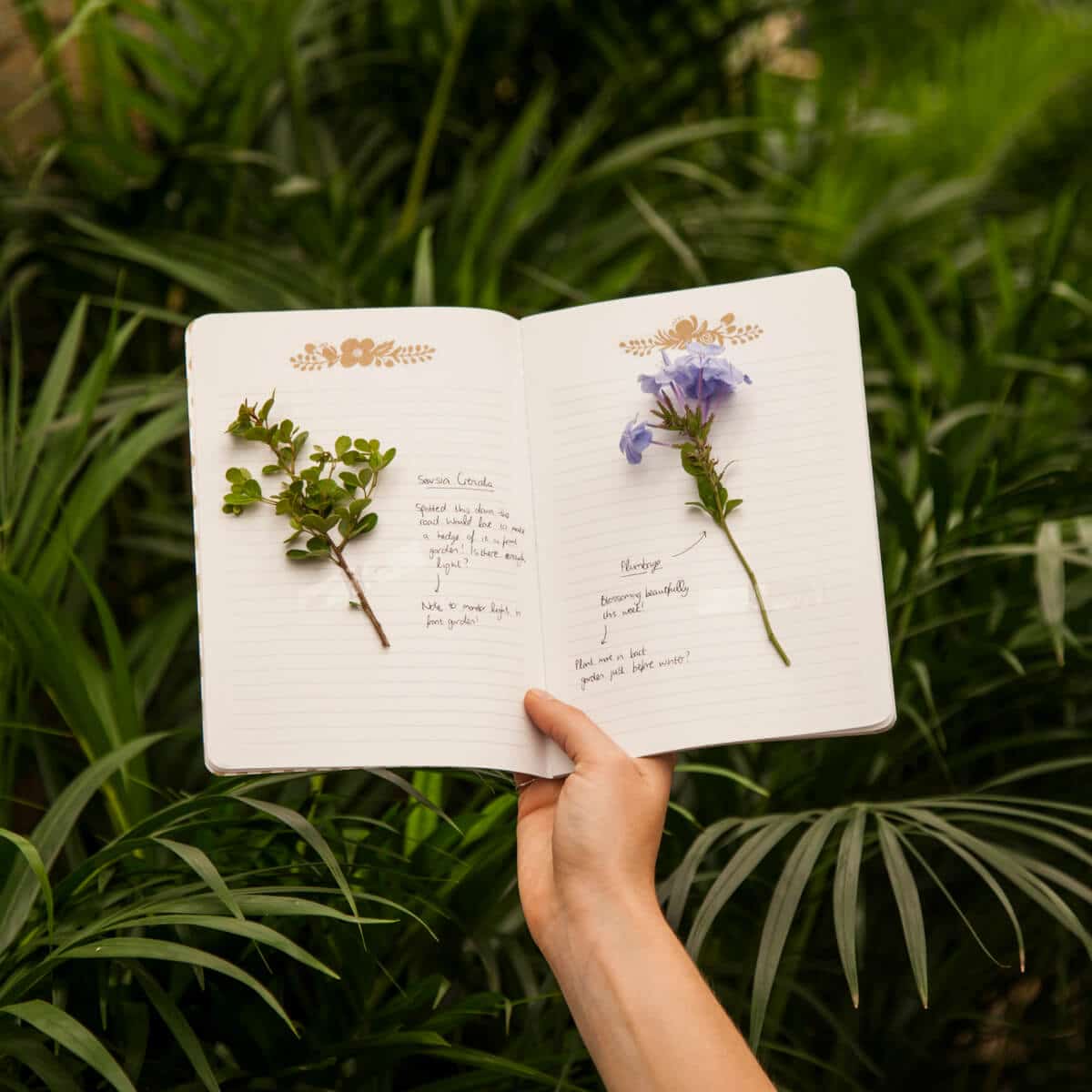10 ways to revamp your garden
DIY and how-to

Winter is the ideal period to reassess your garden design as it is stripped down to its bare bones. You also won’t be disturbing your garden’s summer beauty. These are some of our best water-wise suggestions for a revamp:
- Start a garden journal. Keep detailed records, observations, plans and anything that relates to your garden in a beautiful notebook. Include cuttings, notes on what grows well where and when, animals and insects spotted regularly and even drawings of what you might like to see. A garden journal can become a unique history and diary of your triumphs and failures and is a great reference for future, particularly in the difficult gardening conditions that drought brings
- Do away with tatty lawns. Grass that may have succumbed to the drought can be redesigned using a non-plant surface such as paving, sleepers, gravel, pebbles, bark chips or other material that will give the garden floor a facelift and also provide textural contrast.
- Provide interest. Create focal points of interest with sculptures or benches to attract the eye at the end of a path or vista, for example. Make sure the feature is in proportion to the garden: a large statue or striking evergreen tree would look best in a large garden, while a bench or bird bath would be better suited to a small garden.
- Brighten with paint. Is the paintwork on garden benches, gazebos, trellises and other garden structures in need of a touch up? A new coat will work wonders. You can also repaint dated garden containers to achieve a fashionable finish at a low cost.
- Prune back trees. Winter is the best time to remove dead and low-growing branches. This allows more light into your garden, enabling plants beneath trees to grow better. Ask a trained garden specialist for professional advice on how to achieve the best effect.
- Plant a drought-resistant garden. Use this time to prep your garden for the predicted dry months ahead. Remove dead growth and replant with water-wise plants that will make it through the drought. Ask any of our horticulturalists what’s best to plant and when – we’ll be glad to help you. Better yet, book a garden consultation with one of our garden experts.
- Make boundary walls disappear. Do the garden walls dominate the garden? Reduce their impact by painting them charcoal grey, plant waterwise climbers such as bougainvilleas against them or a hedge of Cape honeysuckle. These plants are back in fashion as they provide eco-habitats and, when planted against house walls, keep the interior warmer in winter and cooler in summer.
- Neaten edges. You can revamp the boundaries between your lawn and garden beds by clearly defining the areas with water-saving methods such as pebbles, rocks and paving. Alternatively, install an edging of brick, small flagstones or terracotta tiles. Do away with any small squiggles in the border edge – sustained gentle curves are more pleasing to the eye.
- Guide the rain. Rain chains are linked vertical chains installed at the hole in your gutter where your downspout would have been. Install beautiful rain chains in various textures to add interest, while at the same time diverting rain water into your garden or vegetable plots to maximise on the water collected during a bout of rain.
- Create garden rooms. Divide the garden into separate areas that have to be entered in order to be fully seen, thereby emphasizing intrigue and interest. In a large garden, plant a bed of waterwise screening plants (against a trellis, wall or pagoda) with an open section, allowing access to the hidden garden. In smaller gardens, use narrow conifers and an archway.
You might also like
Shop online
-
PLASTIC POT GREEN 7.5CM – 38CM
- R9.99 – R149.99
- Select options This product has multiple variants. The options may be chosen on the product page Learn More
-
- Sale!
KITTEN MAINE COON 4KG
- Original price was: R839.99.R671.99Current price is: R671.99.
- Add to cart Learn More
-
FINALSAN 500ML
- R219.99
- Add to cart Learn More




